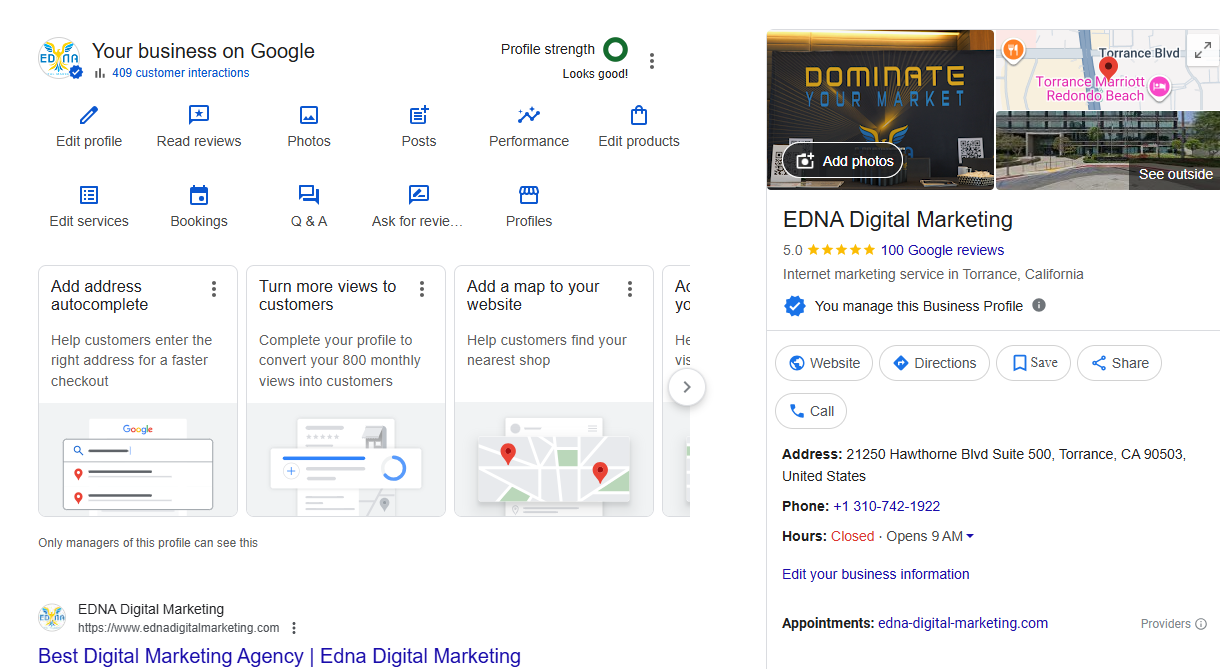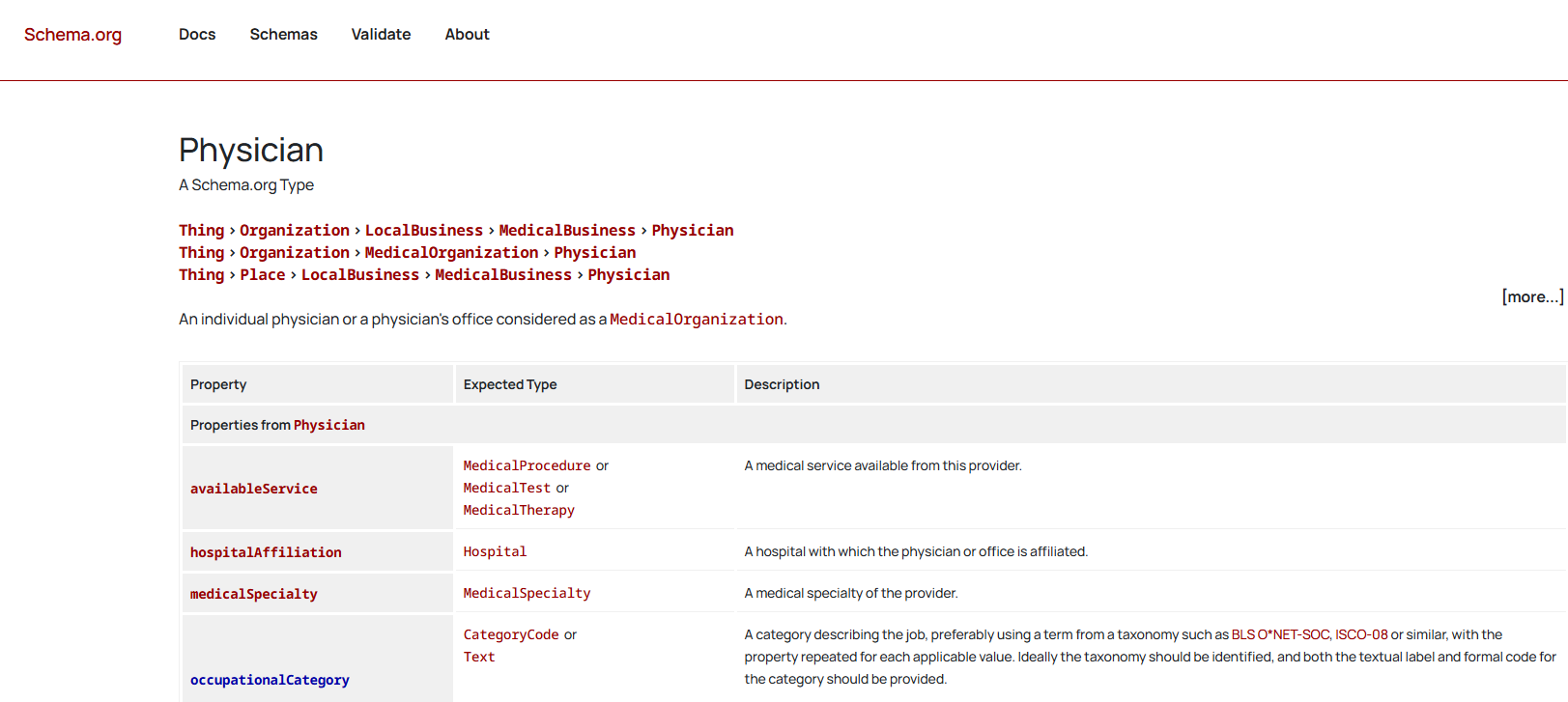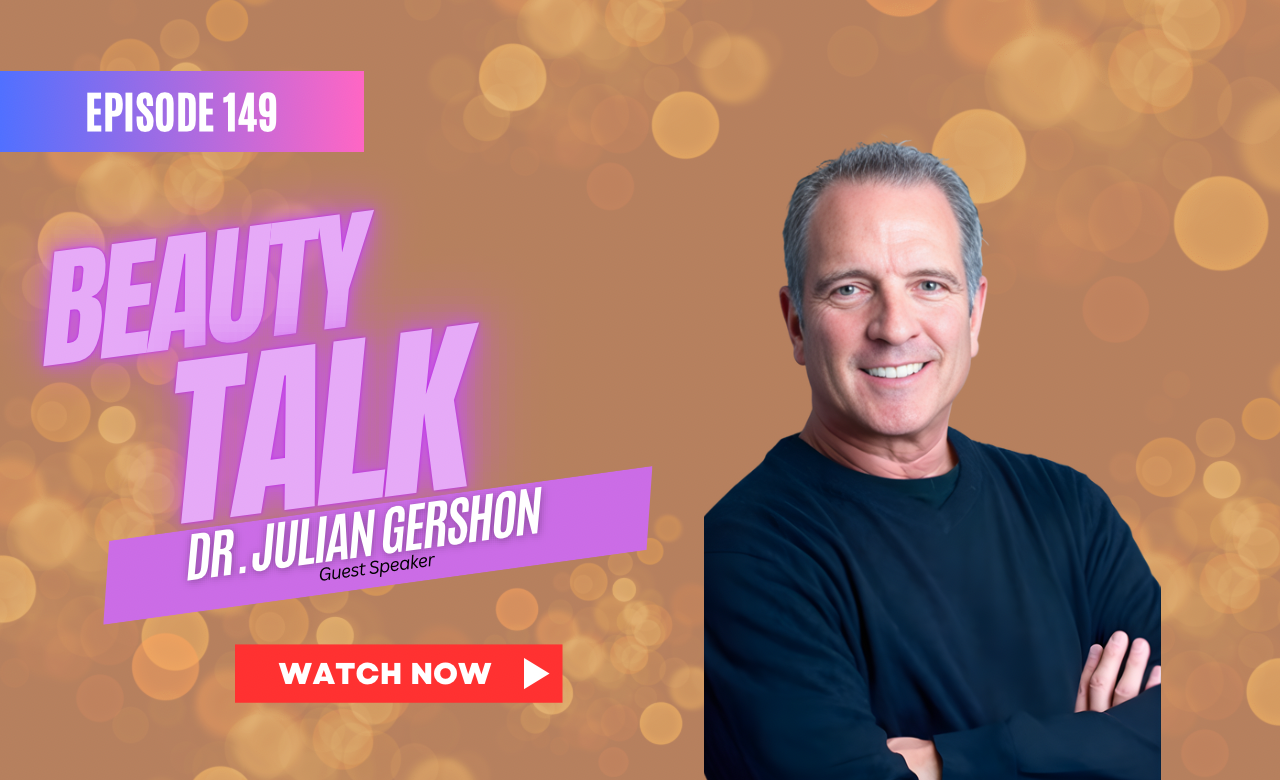Plastic Surgery SEO Strategies That Attract High-Value Patients
Let’s face it; being a great plastic surgeon isn’t enough anymore. You can have the perfect credentials, stunning before-and-after results, and a beautiful clinic, but if your name doesn’t show up when someone searches “plastic surgeon near me,” most potential patients will never find you.
It’s frustrating, especially when you know your work speaks for itself.
Unfortunately, many skilled surgeons get buried under competitors who simply understand how to use SEO to their advantage. That’s where the real opportunity lies. SEO, when done right, can help you rank higher, attract qualified patients, and keep your schedule full.
In this article, we’ll break down how plastic surgeons can use SEO to boost visibility, earn trust online, and turn clicks into consultations. You’ll learn practical strategies and see how EDNA Digital Marketing’s proven EDNA360 System helps practices like yours grow sustainably and stand out in a competitive market.
Understanding the Plastic Surgery Patient Journey Online
Before you can market effectively, you need to understand how today’s patients think. The modern cosmetic surgery patient doesn’t just Google “facelift surgeon” and call the first number. They research, compare, and read reviews for days (sometimes weeks) before committing.
How People Search for Plastic Surgery
Patients go through three clear phases:
- Researching – Learning what options exist (“What’s the difference between facelift and thread lift?”)
- Comparing – Narrowing down surgeons by reviews, before/after galleries, and credentials
- Deciding – Booking a consultation with the one they trust most
If you’re not visible in all three phases, you’re losing them to someone else.
The Role of Search Intent
This is where SEO gets strategic.
People type different kinds of searches:
- Informational: “How long does rhinoplasty take to heal?”
- Comparative: “Facelift vs. mini facelift”
- Transactional: “Best plastic surgeon in Torrance”
By optimizing your content for all three types, your brand shows up at every stage — guiding them naturally from curiosity to consultation.
Why Trust and Credibility Matter More Than Ever
In a field as personal as plastic surgery, credibility is everything. Patients aren’t just buying a service, they’re putting their faces and bodies in your hands.
That’s why Google favors websites that demonstrate E-E-A-T (Expertise, Experience, Authoritativeness, and Trustworthiness). If your site content sounds generic, lacks doctor credentials, or has poor reviews, your ranking (and conversions) will suffer.
SEO Fundamentals Every Plastic Surgeon Needs to Master

You don’t have to be a tech genius to understand SEO. You just need to know which pieces move the needle.
Target the Right Keywords
Start by performing keyword research using tools like Google Keyword Planner, Ahrefs, or SEMrush. Focus on phrases that match how patients search:
- “Rhinoplasty surgeon in Torrance”
- “Best plastic surgery clinic near me”
- “Non-surgical facelift”
Avoid generic terms like “plastic surgery” by itself - it’s too broad. Instead, use procedure + location + intent keywords to attract patients who are ready to book.
Optimize On-Page SEO Elements
Every page on your plastic surgery website needs:
- A strong title tag (under 60 characters)
- A descriptive meta description
- A clear H1 heading
- Internal links to related pages
- Alt text for all photos, especially before-and-after images
Each of these helps search engines understand what your page is about so you can rank higher on the search engine results page (SERP).
Make Sure It’s Mobile-Friendly
About 70% of people search for surgeons on a mobile device. If your website loads slowly or doesn’t display correctly, Google will drop your ranking. Test your site with Google’s PageSpeed Insights and fix performance issues right away.
Build Local Relevance
Add your city, neighborhood, and even nearby landmarks into your content. This helps with local SEO and ensures you appear in local search results when someone nearby searches for a surgeon.
Local SEO: How to Dominate Google Maps and “Near Me” Searches
If your practice doesn’t show up in Google Maps, you’re missing out on the patients most ready to convert. Local SEO puts your clinic right where people are searching.
Optimize Your Google Business Profile
Your
Google Business listing is often the first impression a potential patient gets.
Add:
- Professional photos of your clinic and staff
- Detailed descriptions of each procedure
- Your exact name, address, and phone number (NAP)
- Updated hours and appointment links
- Regular posts and responses to reviews
Positive reviews with keywords like “plastic surgeon Torrance” also boost your search visibility.
Use Geo-Targeted Pages
If you serve multiple areas, create dedicated location pages like “Facelift in Beverly Hills” or “Liposuction in West Hollywood.” Each should include local photos, patient testimonials, and relevant keywords. Avoid copy-pasting the same text across pages - Google doesn't like duplicate content.
The Power of Reviews and NAP Consistency
Encourage patients to leave online reviews after a successful procedure. Respond to every review, whether it’s good or bad. Keep your NAP identical across all listings and directories. Even small inconsistencies like “Suite #5” vs “Ste 5” can confuse search engines.
Why “Near Me” Searches Matter
People searching “plastic surgeon near me” are ready to book. The Google Maps three-pack (top three local results) captures over 40% of all clicks. Optimizing your profile and gathering positive reviews dramatically increases your chance of appearing there.
Content Marketing: How to Turn Education into Patient Bookings

Here’s a secret:
The plastic surgery practices that rank highest on Google almost always have blogs.
Why? Because
content marketing builds authority, trust, and organic reach.
| Content Type | Purpose | Example |
|---|---|---|
| Procedure Pages | Converts ready-to-book patients | “Breast Augmentation in Torrance” |
| Educational Blogs | Builds awareness and trust | “Facelift vs. Mini Facelift: Which One Is Right for You?” |
| FAQs | Answers quick questions | “How Long Does Botox Last?” |
| Galleries | Visual proof and engagement | Before-and-after photo pages |
Use Long-Form Articles for High-Competition Keywords
Google rewards thorough, high-quality writing. Create long-form guides (1,500–2,500 words) around competitive searches like “best rhinoplasty surgeon” or “plastic surgery SEO guide.” Include subheadings, visuals, and FAQ sections to increase time on page.
Make Your Visuals Work for SEO
Rename your images with relevant keywords (like “tummy-tuck-before-after-torrance.jpg”), add alt text, and compress them for faster load times. This small step improves both user experience and rankings.
Blog About What People Actually Search For
Answer real questions. Examples:
- “Is a mini facelift worth it?”
- “How long does swelling last after eyelid surgery?”
- “Top non-surgical treatments for aging skin”
Write like you’re explaining it to a patient in your chair. Be clear, factual, and human.
Technical SEO and Website Optimization
Think of technical SEO as the foundation of your online house. Without it, nothing else matters.
Fix Site Speed and Security
Slow sites lose both patients and rankings. Aim for under 2 seconds of load time. Compress large files, use a good hosting provider, and enable SSL (https://). Secure sites rank better and reassure patients that their data is safe.
Improve Website Architecture
Your site should feel effortless to explore. Keep URLs short and descriptive.
Example:
www.yourclinic.com/facelift-torrance
Instead of:
www.yourclinic.com/services/page?id=1234.
Link related pages together; for example, from your “Facelift” page, link to “Neck Lift,” “Thread Lift,” or “Mini Facelift.”
Use Schema Markup
Add MedicalBusiness and Physician schema to help search engines understand your site better. This can also show rich snippets like reviews or FAQs directly on the search results page.
Add FAQ Schema
Include common questions at the bottom of your main procedure pages, then apply FAQ schema. This can help your answers appear directly in Google’s “People Also Ask” section, increasing click-through rate and online visibility.
Link Building and Reputation Growth
Google still uses backlinks as a major ranking factor. But for plastic surgeon SEO, quality matters far more than quantity.
Get Listed in Trusted Medical Directories
List your practice on websites like Healthgrades, RealSelf, and the American Society of Plastic Surgeons. Each backlink from an authority site tells Google your clinic is trustworthy.
Collaborate and Contribute
Pitch articles to beauty magazines, local media, or cosmetic blogs. A “Top Plastic Surgeon in LA Shares Recovery Tips” feature can drive referral traffic and boost authority.
Use PR and Press Releases
Announce new plastic surgery services, awards, or local events through press releases. This builds backlinks and increases brand credibility.
Monitor Your Links Regularly
Use Ahrefs or SEMrush to track where your backlinks come from. Disavow spammy or irrelevant ones that could hurt your ranking.
Measuring Success: Know What’s Working

You can’t improve what you don’t measure. Track your performance monthly and adjust based on data.
Key SEO Metrics to Watch
- Organic traffic – Are more visitors finding you through search?
- Keyword rankings – Are you climbing for your top procedures?
- Conversion rate – Are visitors turning into booked consultations?
- Call tracking and form fills – Are patients taking action?
Use Google Analytics 4 and Google Search Console to see where your SEO efforts pay off.
Set Realistic Timelines
SEO takes time. You may see small wins after 3 months, but real growth often happens around the 6–12 month mark. Consistency is what separates thriving practices from those that give up too early.
FAQs About Plastic Surgery SEO
How long does it take to see results from SEO?
Usually between 3–6 months for local improvements and up to a year for competitive national terms. The more consistent your content and backlinks, the faster your growth.
What are the best keywords for plastic surgeons?
Focus on procedure + city combinations like “facelift Torrance,” “liposuction near me,” and “best breast augmentation surgeon.” These attract high-intent local patients.
Is SEO better than paid ads?
Both have a role. Plastic surgery PPC brings instant leads, while SEO for plastic surgeons builds lasting visibility and trust. Together, they create a strong digital foundation.
How often should I update my website?
Update your blog monthly and refresh top procedure pages every 3–4 months. Search engines like fresh, relevant information.
Can I handle SEO myself?
You can handle the basics. But SEO in a competitive market like cosmetic surgery requires expertise, consistency, and time. Partnering with a digital marketing agency that specializes in marketing for plastic surgeons can save you months of trial and error.
Conclusion: Grow Your Practice the Smart Way
SEO isn’t about tricking Google. It’s about connecting your expertise with the people actively searching for it. When done right, search engine optimization helps you attract patients who appreciate quality care, not bargain deals.
At EDNA Digital Marketing, we understand the unique needs of plastic surgeons. Through our EDNA360 Marketing System, we build custom SEO campaigns that grow visibility, trust, and bookings.
If you’re ready to stop guessing and start growing, partner with a marketing agency for plastic surgeons that knows what works. Let’s optimize your online presence and make sure your next high-value patient finds you, not your competitor.












